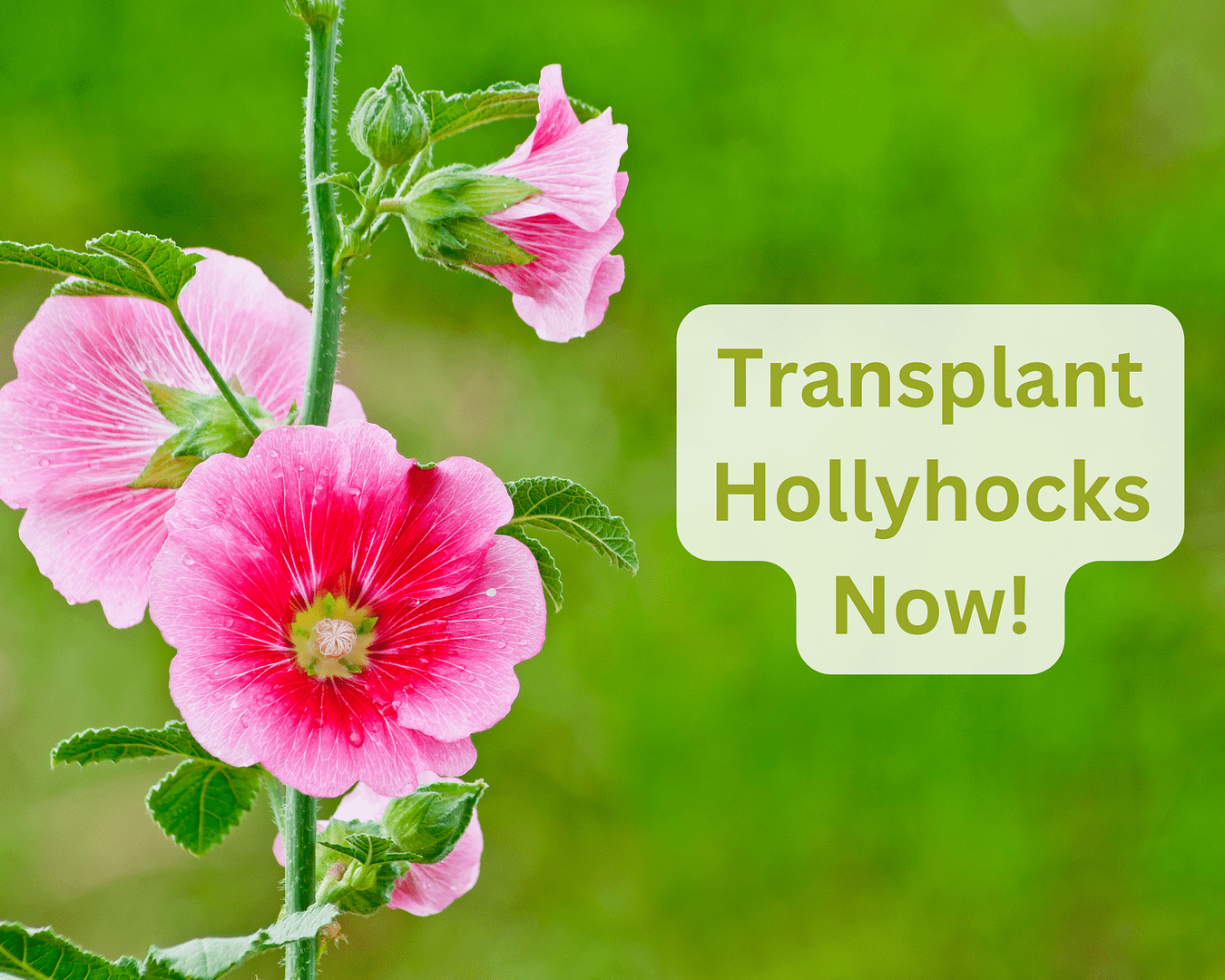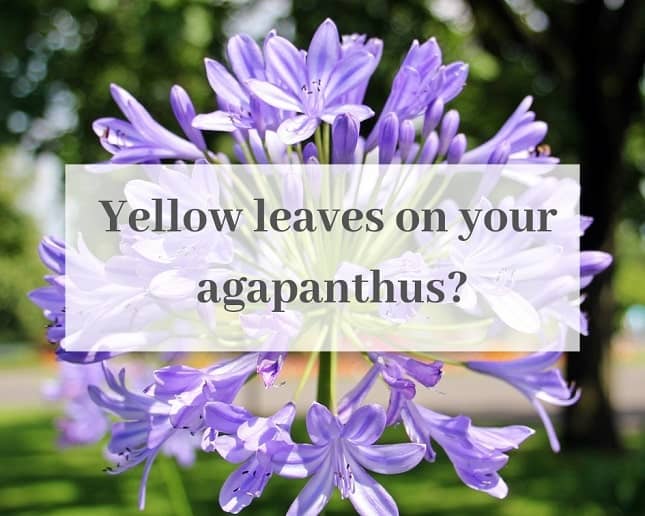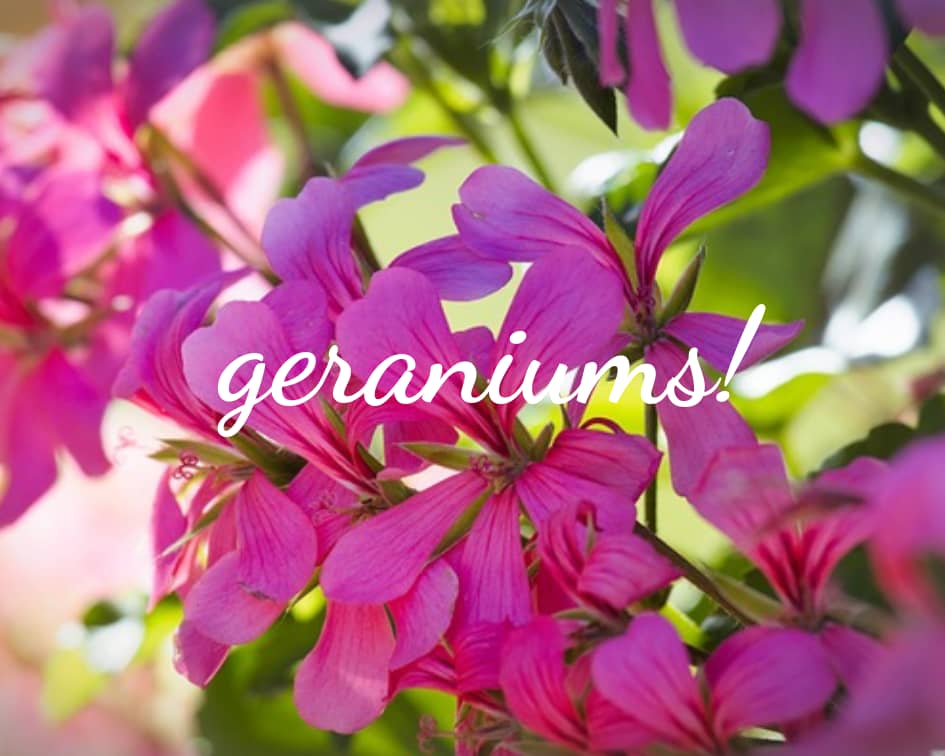This post may contain affiliate links. As an Amazon Associate we earn from qualifying purchases.
When a plant is named ‘Gigantea’ you can rest assured it’s going to get big, and the giant leopard plant, or Farfugium japonicum ‘Gigantea’, is no exception. If you have a big shady or semi-shady spot in the garden, consider this herbaceous perennial flowering plant to fill it.
The leopard plant’s leaves are huge – up to 18 inches across – and shiny. I have only seen the deep green color although, as you can see in the photo above, there are variegated foliage types as well.
If you purchase the variegated variety keep in mind that it will attempt to revert back to all green. Removing the green foliage as it appears may help prevent this.
Gardeners located within USDA Hardiness zones 7 to 10, will love how well the Gigantea thrives. It may die back if the temperature falls below freezing, but it typically comes right back in spring, when the weather warms. I would cover its root zone with a very thick layer of mulch over the winter, just to be sure.
Keep the following in mind when growing the giant leopard plant:
- It needs consistently moist soil. The giant leopard plant is not one of those plants that you can allow to wilt heavily and then water to resurrect it.
- Although the flowers certainly aren’t the main attraction on the giant leopard plant, if you enjoy them, remove them as soon as they turn brown to encourage the plant to re-bloom. Follow the stem into the foliage and snip it off.
- The giant leopard plant does well in most soil types as long as it is moist and fertile. Give the plant a shot of all-purpose fertilizer in the spring (we LOVE Jack’s Classic All Purpose Fertilizer), as soon as you notice new growth. Follow the instructions on the fertilizer package as to the specific amount of fertilizer for the size of your giant leopard plant.
Many garden writers consider the giant leopard plant an ideal inclusion in a tropical garden, but I find it more suited to a woodland theme. Plant it toward the back of the bed for a lovely backdrop for your shade-loving flowers.
If you’re unable to find the giant leopard plant in nurseries near you, consider ordering seeds from Amazon.com. I’ve had good luck with this particular grower, although I now see that they’ve gone down in ratings. Guess it’s time to broaden our horizons, right?
See ya next time.
Photo Courtesy: Darwinius/att – Own work, CC BY-SA 3.0



